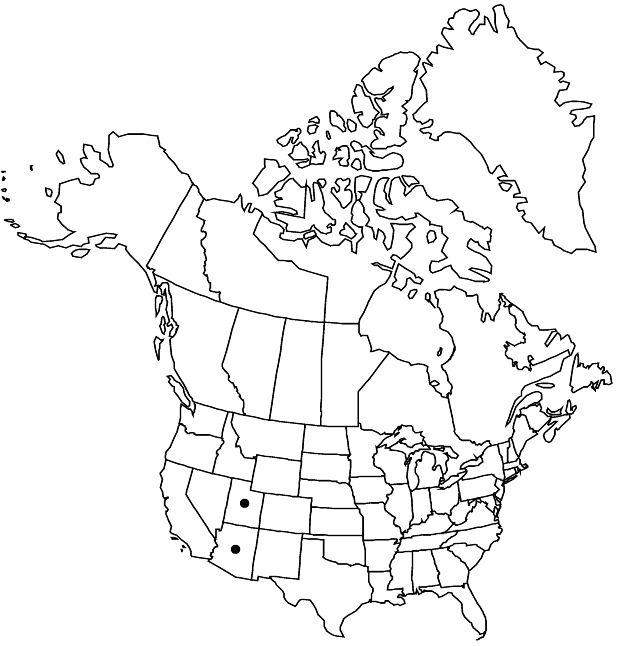Difference between revisions of "Primula specuicola"
Bull. Torrey Bot. Club 40: 461. 1913 ,.
imported>Volume Importer |
imported>Volume Importer |
||
| Line 54: | Line 54: | ||
|publication year= | |publication year= | ||
|special status=Endemic | |special status=Endemic | ||
| − | |source xml=https:// | + | |source xml=https://bitbucket.org/aafc-mbb/fna-data-curation/src/2e0870ddd59836b60bcf96646a41e87ea5a5943a/coarse_grained_fna_xml/V8/V8_586.xml |
|genus=Primula | |genus=Primula | ||
|species=Primula specuicola | |species=Primula specuicola | ||
Latest revision as of 22:44, 5 November 2020
Plants 10–25 cm, herbaceous; rhizomes thin, short; rosettes not clumped; vegetative parts heavily white-farinose. Leaves not aromatic, indistinctly petiolate; petiole broadly winged; blade without deep reticulate veins abaxially, spatulate, 8–15 × 2 cm, thin, margins irregularly and sharply dentate to sinuate-dentate, apex obtuse to acute, surfaces glabrous. Inflorescences (6–)10–25-flowered; involucral bracts plane, ± equal. Pedicels erect, thin, 10–30 mm, length 2–5 times bracts, flexuous. Flowers heterostylous; calyx green, campanulate, 3–5 mm; corolla lavender, tube 8–10 mm, length 2 times calyx, eglandular, limb 10–16 mm diam., lobes 5–8 mm, apex emarginate. Capsules ellipsoid, length 1–2 times calyx. Seeds without flanged edges, reticulate. 2n = 18.
Phenology: Flowering summer.
Habitat: Moist seepage areas on carbonate bedrock in canyons
Elevation: 800-2500 m
Discussion
Primula specuicola has relatively large corollas, relatively long pedicels, and irregularly and sharply dentate to sinuate-dentate leaves with conspicuous farina. It is a characteristic member of hanging-garden communities along the canyon walls of the Colorado River and its tributaries. Plants with a more exserted capsule were given the name P. hunnewellii; this appears to be only a minor variant that does not warrant infraspecific recognition.
Selected References
None.
